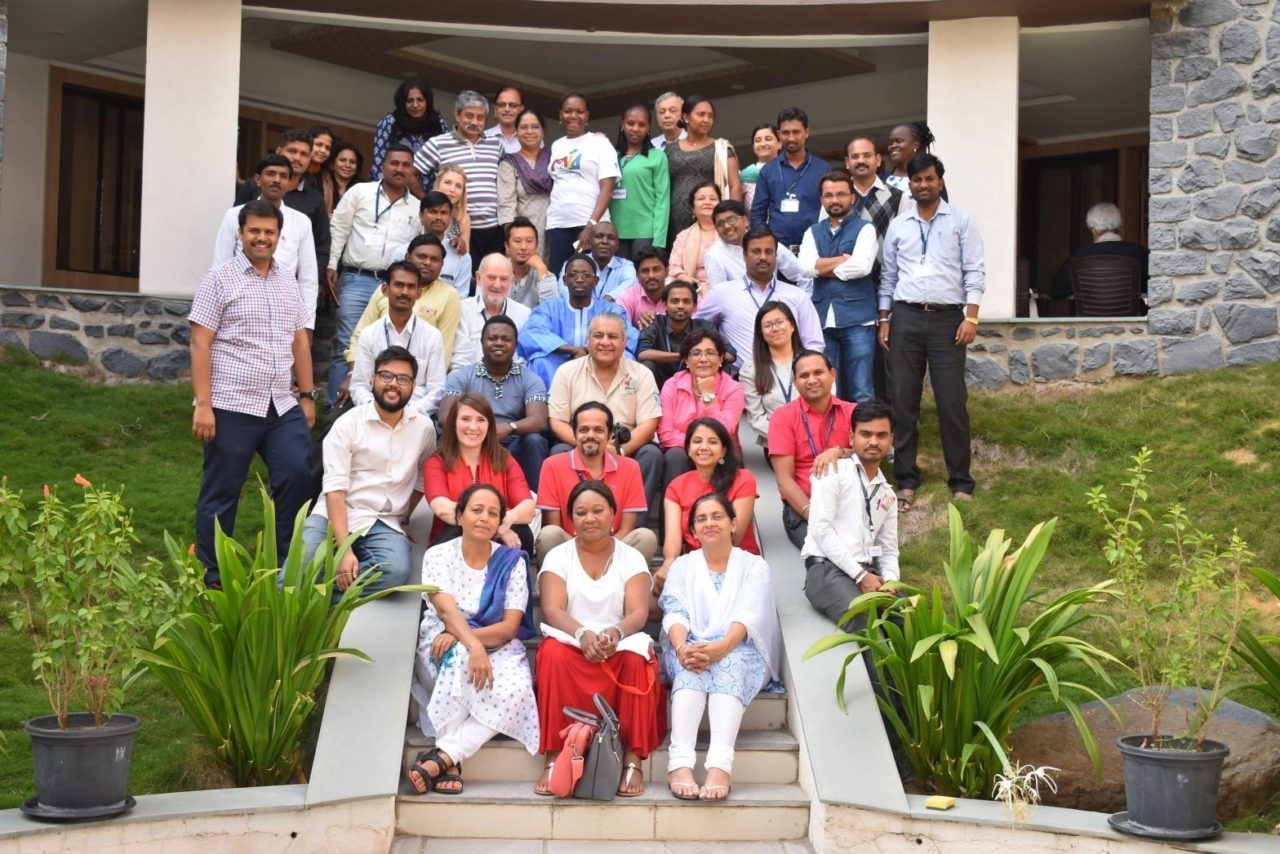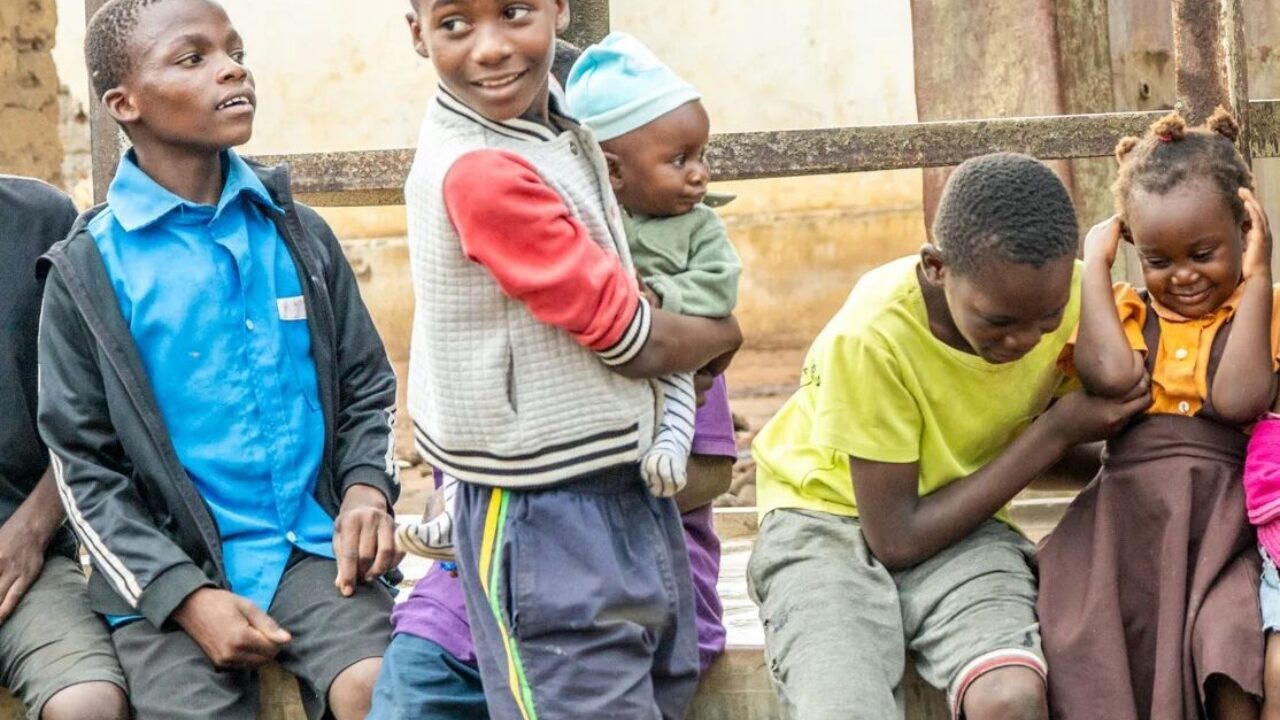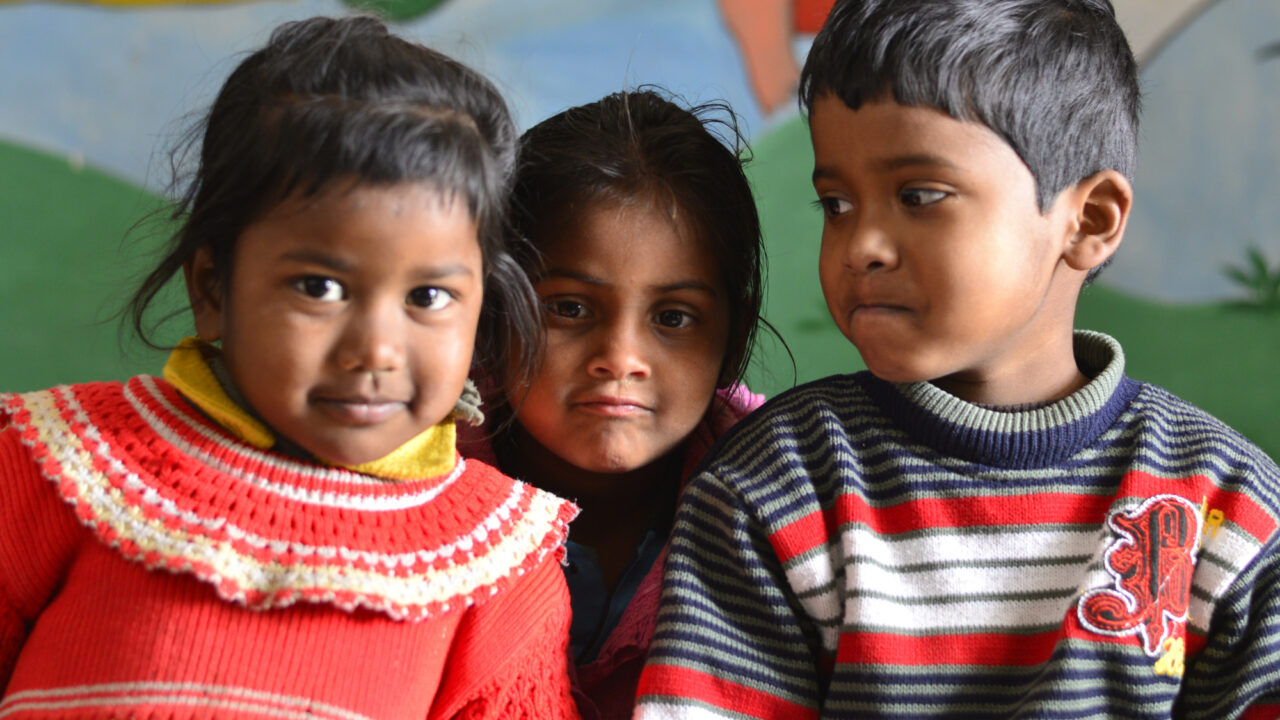In late 2017, we had a fantastic opportunity to participate in a ‘Teaching at the Right Level’ (TaRL) workshop in India hosted by Indian education non-profit and pioneer of the TaRL model, Pratham. The crux of the workshop was our favorite theme here at Evidence Action: how to translate rigorous research into effective, scaled action. In this case, the research at hand is a large and still growing body of evidence showing that the best way to improve education outcomes is to take children who aren’t at grade level, group them according to their ability level, and give them tailored, activity-based instruction to help them develop the basic literacy and numeracy skills that prepare them to engage with more complex curricula. Pratham developed and pioneered this pedagogical approach in India, and J-PAL, a global organization focused on producing rigorous evidence for poverty alleviation, has evaluated its application across many different contexts with consistently positive results. It is a simple idea with a uniquely robust evidence base. However, finding the best way of delivering it cost-effectively at scale is a non-linear, iterative process.
For the past three years, we’ve been engaged in that process, partnering with the Government of Kenya to trial a volunteer-led model of implementing TaRL through its national youth service program, known as G-United, as the first test case of our Winning Start program model. During that time, we’ve worked with partners like Zizi Afrique to identify, develop, and adapt key TaRL resources—including student assessments, volunteer guidelines, and monitoring tools—for the program in Kenya.
We’ve also established some of the critical partnerships needed to trial and potentially scale G-United. Led by our values, we’re iterating on the delivery model and monitoring strategy, positioning the program to deliver impact at scale. We’re working to ensure that we can cost-effectively recruit, train, and deploy a large cadre of quality volunteers to public schools, to deliver fun, interactive learning experiences for children. We’re putting “evidence first,” looking at both process and performance data to ensure we’re delivering on outcomes and to do real-time troubleshooting and course correcting when issues emerge. Plus, we’re incorporating insights from behavioral science research to keep our volunteers motivated and engaged at different stages of the program. Overall, we’ve made significant strides, but the program is still in an “incubation” phase, with a few rounds of iterating and testing to go before we decide whether to scale in in Kenya and other African contexts. As we pressure-test the program, we appreciate platforms that help us learn how to improve our application of TaRL and our overall delivery model.
Here are the three things we valued most about Pratham’s workshop:
1. The opportunity to deep dive into the pedagogy and discuss how to apply it across different contexts.
Pratham has spent over a decade refining the teaching at the right level methodology. Its investment has given the world a better understanding of how, why, and when the pedagogy works to improve learning outcomes, and the workshop offered an excellent opportunity to learn from its extensive experience and deep expertise as the pioneer of this model. Pratham has shown that TaRL can easily be applied across contexts to meet a widespread literacy and numeracy challenge. That’s primarily because the approach is so simple; it only requires grouping children by learning level, rather than by age, and engaging them accordingly. Critically, as Pratham discussed during the workshop, measurement of progress can be undertaken fairly easily as well, since learning improvement goals can be broken down into clear indicators to track.
However, while TaRL can easily be implemented across contexts, the format of TaRL sessions must be contextualized. Depending on context, the sessions can be held during class time or after school, and conducted by teachers, paid non-teaching staff, or volunteers (as successful tests in Ghana and India have demonstrated). Similarly, the learning materials used to engage the children have to be adapted. In Kenya, for instance, G-United uses a reading assessment that is offered in both English and Kiswahili, to gauge the reading level of students. In India, Pratham tests and engages children in the local languages of individual states. The content of the materials used in the sessions also differs. Some stories and themes, for instance, are more accessible to Kenyan children than to children in India, and vice-versa.

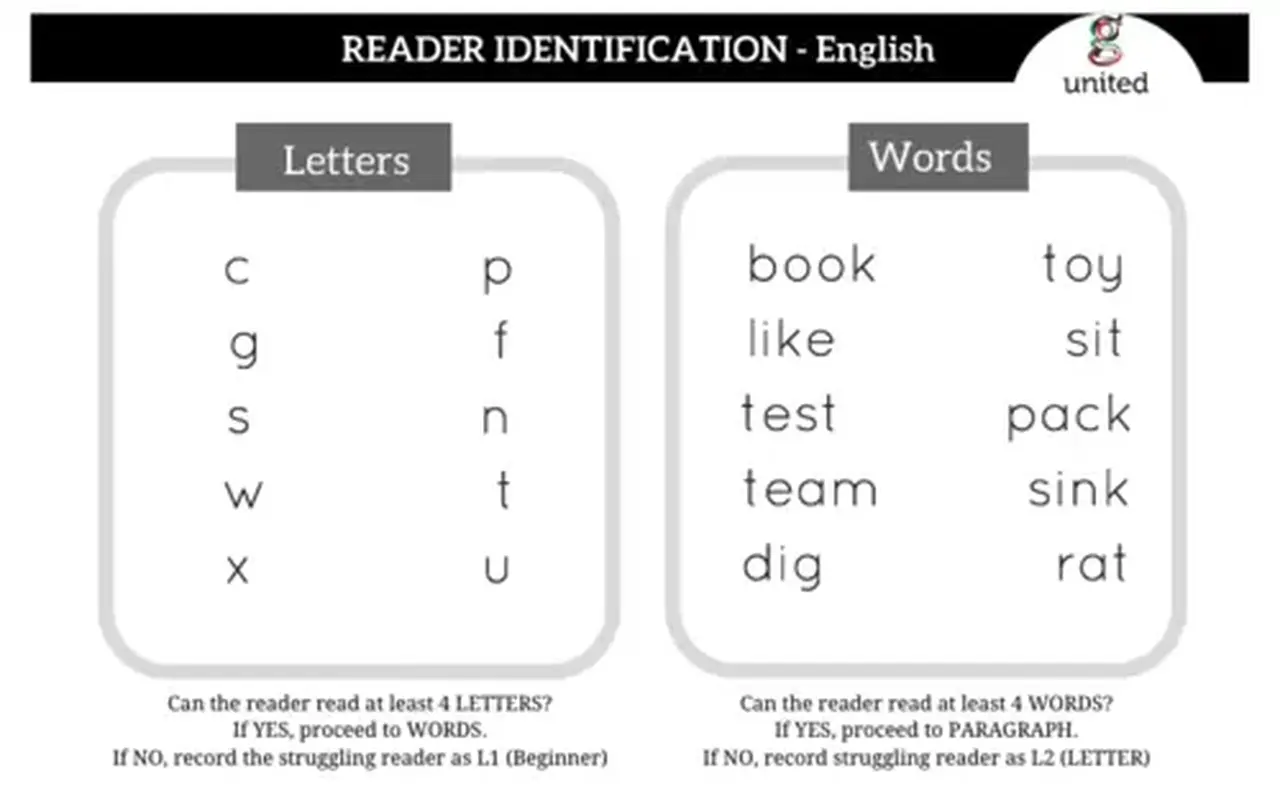
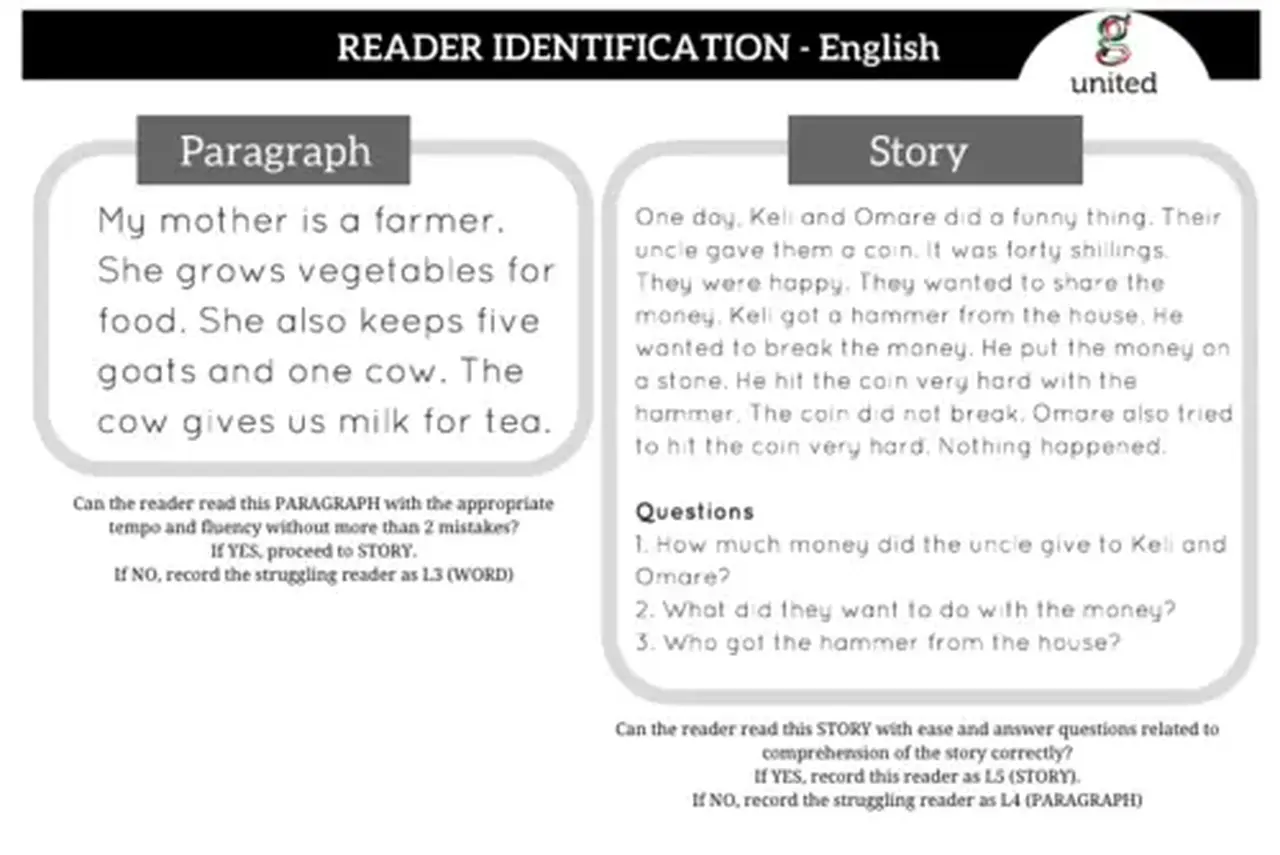
2. The opportunity to see Pratham’s work in action.
The workshop included school visits during which participants witnessed TaRL in action. Among other things, we saw Pratham staff introduce new concepts to children, engage children through level-based activities, and ask children to conduct “teach-back” sessions to demonstrate their understanding of different concepts. It was encouraging to see how positively schools in India have received Pratham’s program.
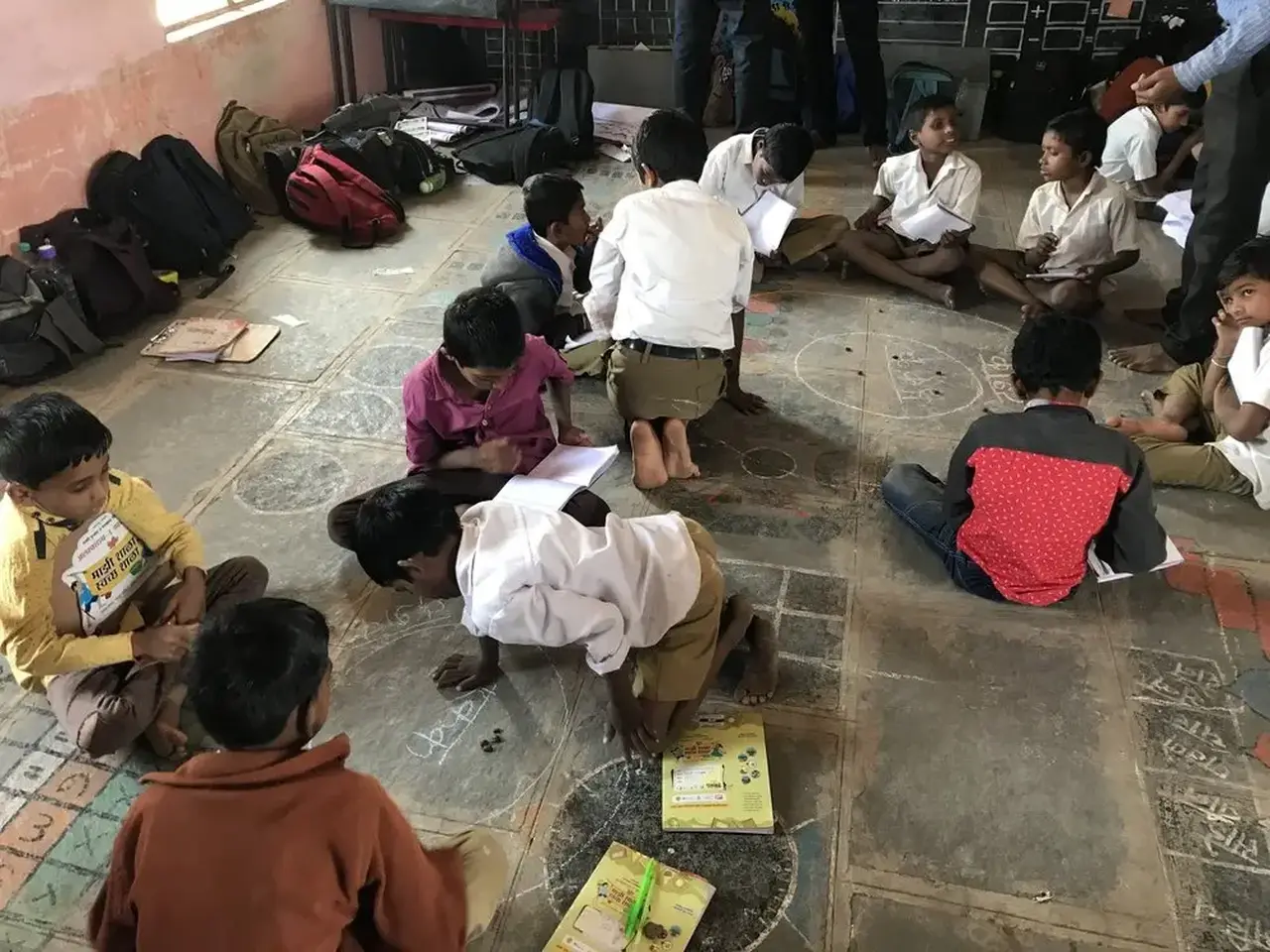
It was especially instructive to observe Pratham’s approach to child numeracy instruction. So far at Evidence Action, we have focused on building a program model centered on literacy, before phasing in other skills. Now that we’ve refined our literacy-based program model, we’re expanding our focus to include numeracy instruction as well. Unlike literacy sessions, which are structured very linearly (i.e., children first learn to identify and read letters, then read words, paragraphs, and sentences), numeracy sessions are more complicated—not as easily broken down into these kinds of systematic learning phases. Insights from the Pratham workshop will be invaluable as we develop, pilot, and iterate on tools to deliver numeracy content with G-United in Kenya. Thanks to the workshop, we now have several ideas about the kind of interactive activities that can be used to help students gain a firm grasp of tricky numerical concepts, such as “place value,” multiplication, and the idea of zero, which are foundational concepts for children to grasp in order to make progress in mathematics.
3. The chance to connect with organizations globally who are exploring how to apply teaching at the right level in different contexts.
We gained a new sense of being part of a global community focused on this evidence-based model for boosting learning outcomes. At the workshop, we connected with several organizations seeking to apply teaching at the right level in different contexts. In total, 12 countries were represented, including India, Mozambique, Uganda, Senegal, Nigeria, Zambia, Pakistan, Bangladesh, Nepal, Kenya, Cambodia, and Mexico. During the workshop, each participating organization presented their plans for piloting new initiatives, and we’re keen to see how their respective models evolve. We’re glad to have had a chance to share our implementation experiences from Kenya, and we look forward to future discussions about the pedagogy, best practices for implementation, and insights we’ve gained from developing and piloting a volunteer-led delivery model.
*Heading photo credit: Pratham
